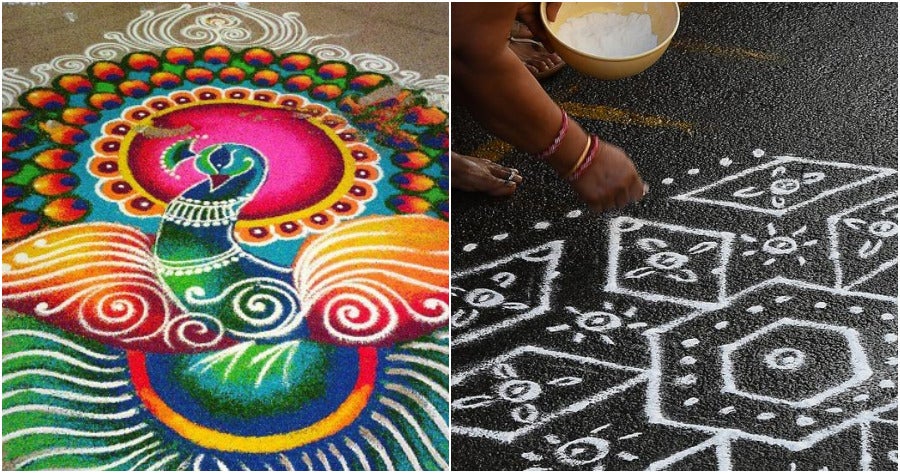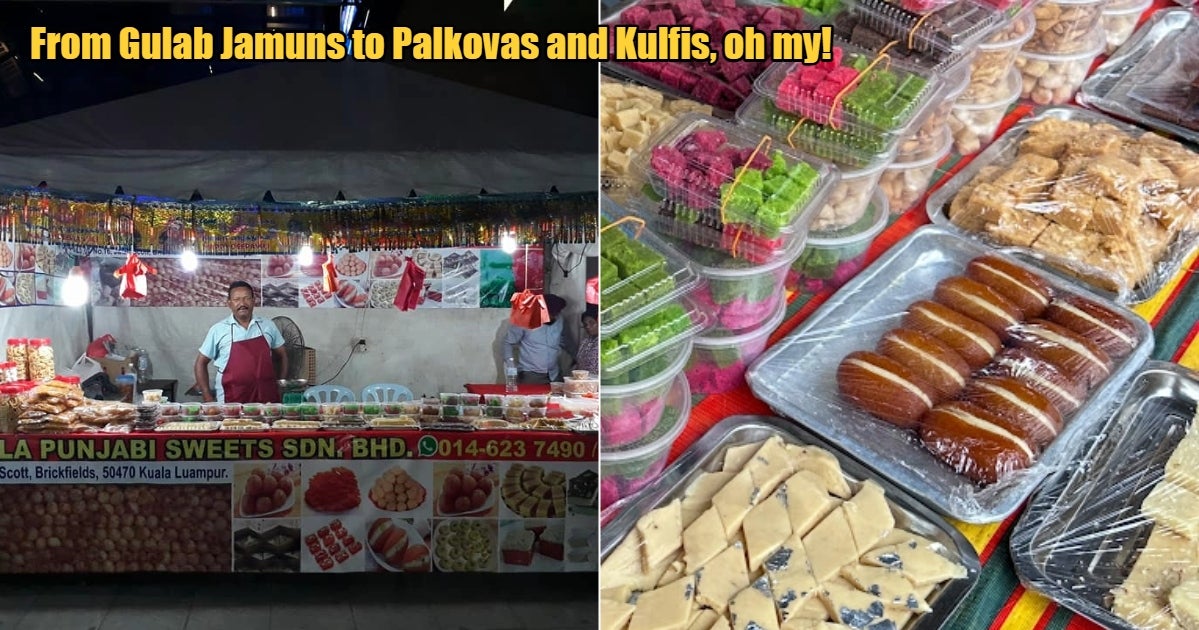With Deepavali just around the corner, Hindu Malaysians are preoccupied with getting their homes ready with a variety of decorations for the big festivities. But one special setup holds a very important significance over the rest.
At its simplest form, Kolam is a form of traditional decorative art drawn by using rice flour, colourful rice, or synthetic flour.
And though most people may just view it as a piece of art tied to celebrating the Festival of Lights, what is the real purpose of creating this wonderful decorative piece?
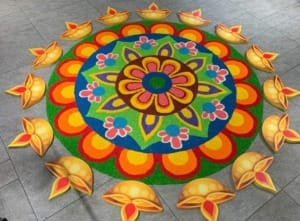
Welcoming the Goddess of Prosperity
While kolam usually takes the form of geometric patterns in the form of dots, lines, and curves made from coloured rice flour, the word kolam itself denotes the meaning of “beauty” to those in South India, while those in North India refer to the artwork as rangoli.
In Hinduism, it is believed that the drawing of a kolam is meant to welcome the presence of Lakshmi, the Hindu Goddess of Prosperity. By placing it outside one’s home, the decorative motif is created to draw in good luck, alongside acting as a colourful creation to usher in visitors to the home who come for Deepavali festivities.
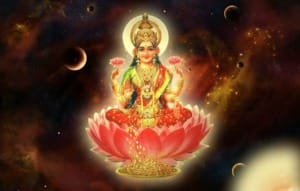
Sharing a meal with smaller animals
Beyond that, kolam also represents one of the primary symbols of generosity. Based on Hindu teachings, generosity and charity should be shown to all, be it humans or animals. The laying out of rice flour or broken rice grains on the floor signifies sharing a meal with smaller animals, such as birds and ants.
It was only over time that vegetable dyes were used to colour the rice for ornamental purposes.
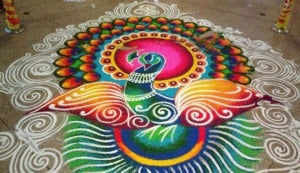
Drawn by young women or young ladies
Originally, kolams were meant to be drawn by young women or young ladies of the household. The process behind this practice came from the idea that creating a kolam took time, patience, and extraordinary attention to detail in order to complete the design.
Despite that, this process has also evolved over time, in that all family members are encouraged to participate in the creation of a kolam as a form of harmony.
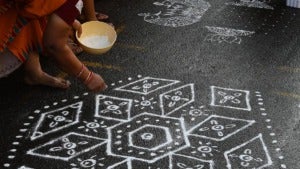
And though many Malaysians only come across this beautiful piece of art during the Deepavali period, kolams are used in various other Hindu celebrations, including the harvest festival of Ponggal and Onam.
Be it in shopping malls, houses, or offices, always remember that kolams hold a much deeper meaning than just being an elaborate piece of art. Respect every design and treat each one with care.
Happy Deepavali to all!
Also read: Here are 5 Places You Can Get Authentic, Mouthwatering Indian Sweets This Deepavali Season!

